Meet Our BCCDC Teams
Wastewater surveillance can detect what people are doing (or consuming) without needing individual testing. It's fast, anonymous, and captures data from an entire community—even if people don't show symptoms.
At the forefront of this science, the Prystajecky Lab began wastewater research in 2018 in collaboration with Metro Vancouver, initially focusing on measuring viral loads of enteric viruses in wastewater. When the COVID-19 pandemic hit, the team swiftly pivoted to monitoring SARS-CoV-2, playing a crucial role in tracking the virus in the population through wastewater.
Cutting-Edge Pathogen Detection
Since then, the lab has been at the cutting edge of responding to public health needs. They've developed wastewater assays to detect a wide range of pathogens, including:
- Norovirus
- Influenza A & B
- Respiratory Syncytial Virus (RSV)
- Avian Influenza (H5)
- Salmonella
- Shiga toxin-producing E. coli
- Campylobacter
On top of that, the team is also developing wastewater-based sequencing tools for SARS-CoV-2, Influenza A & B, and RSV, giving public health officials critical insight into which variants and strains are circulating.
Collaborative Approach
This work has been made possible through the support of our partners:
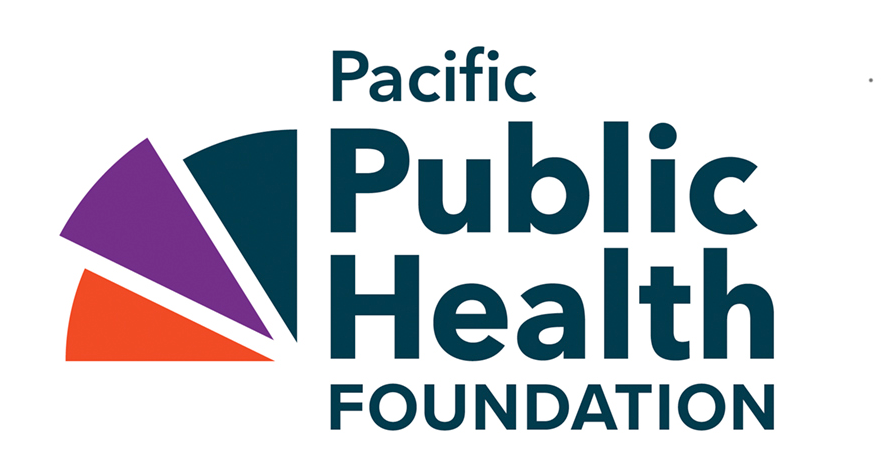
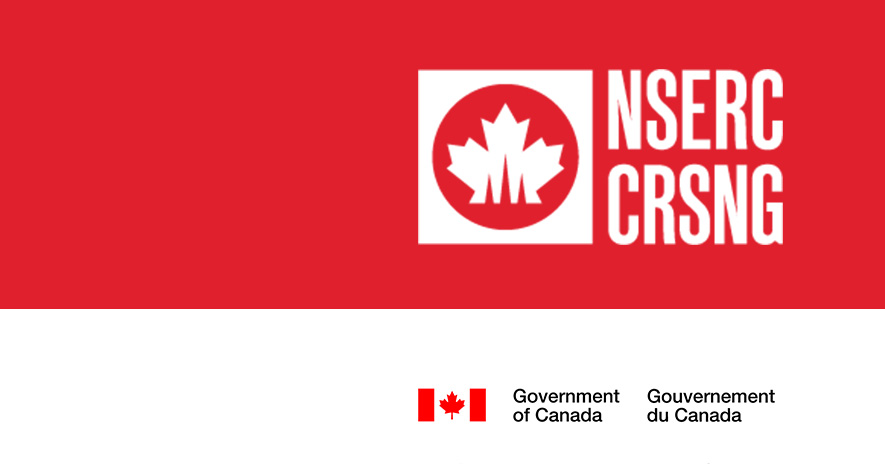

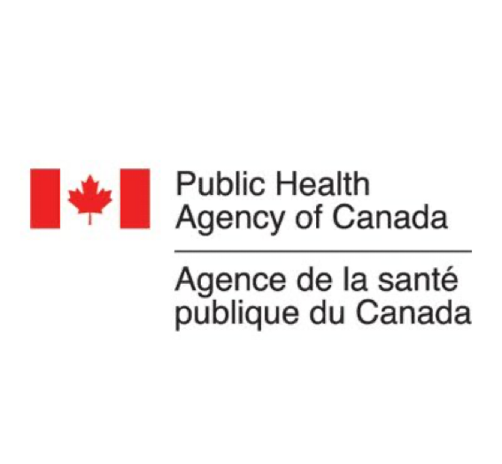

The bottom line? Wastewater doesn't lie—and thanks to researchers like those at the Prystajecky Lab, it's become one of the most powerful tools in the public health toolkit.
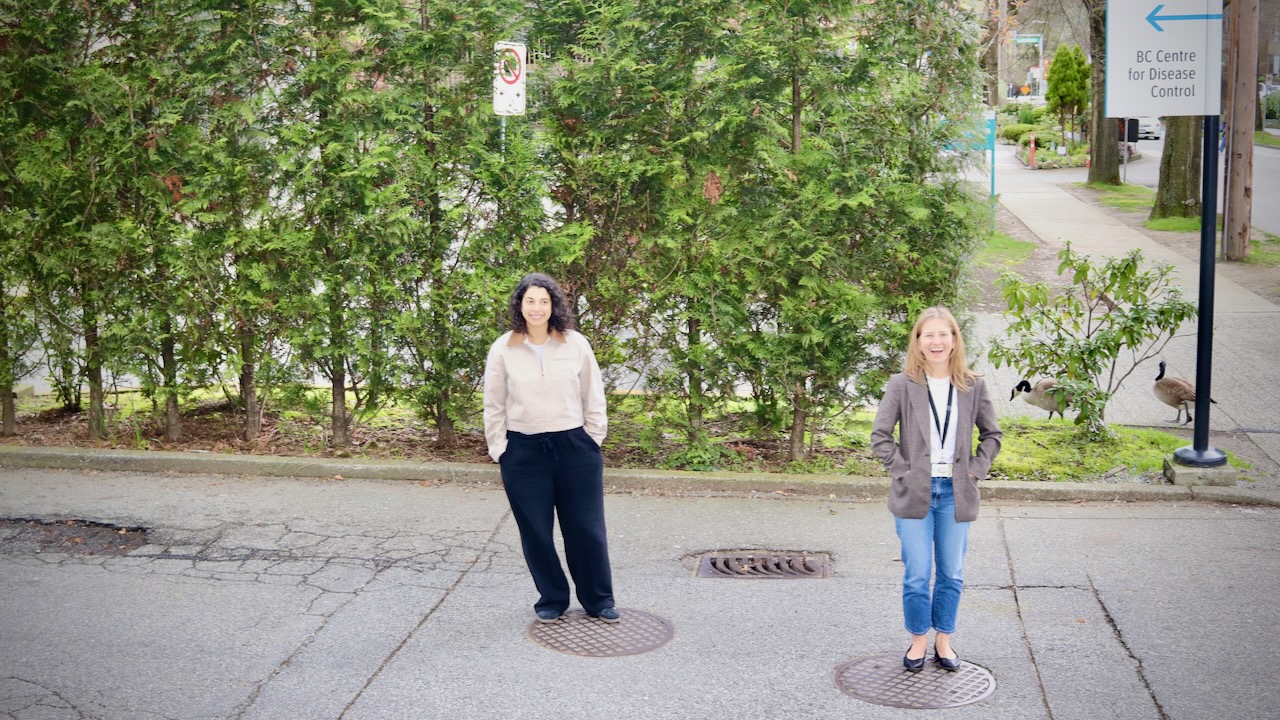
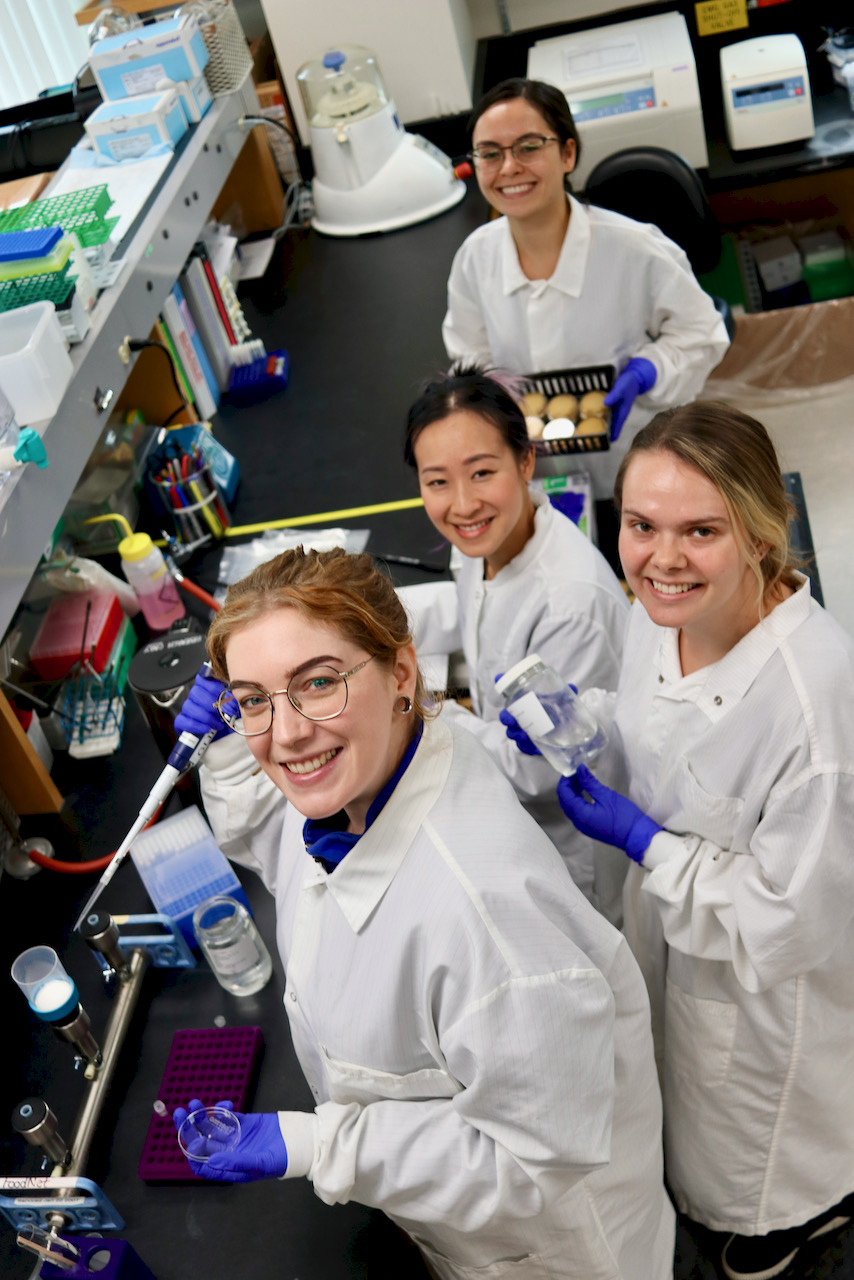

Dr. Morshed's team specializes in studying spirochetes and other esoteric pathogens, making significant contributions to our understanding of these unique microorganisms and their impact on public health.
Memorable Achievements
West Nile Virus Detection (2009)
First detection of WNV PCR during the West Nile virus outbreak in 2009
Groundbreaking Culturing
First to culture Borrelia burgdorferi (Lyme disease pathogen) and Borrelia hermsii (relapsing fever) in the ZEP lab
TB Testing Innovation
First validated and implemented TB IGRA (serology) testing in Canada
COVID-19 Response
During the COVID-19 outbreak, the ZEP lab evaluated COVID-19 Point of Care Antibody tests and found them unsuitable for use at the population level and patient care. These findings were shared with Health Canada, resulting in the test not being approved—saving millions of healthcare dollars.
The Best Thing About Dr. Morshed's Job?
"I always brag that my job is three in one (clinical diagnostic, research and teaching). So what can be better than this?"
Evolution in the Field
Traditional microbiology (microscopy, culture in agar media, etc.) is being superseded with modern molecular and automated serology platforms, representing a significant shift in how laboratory medicine is practiced.
Greatest Professional Achievements
- Introduction of TB IGRA testing
- Development of the Syphilis algorithmic test to capture patients with latent infection
Favorite Pathogens
Dr. Morshed's favorite pathogens are Treponema pallidum, Borrelia burgdorferi, and Helicobacter pylori. "I am working on these three spirochetes since I was a graduate student, so spirochetes became my first love when talking about microbes."
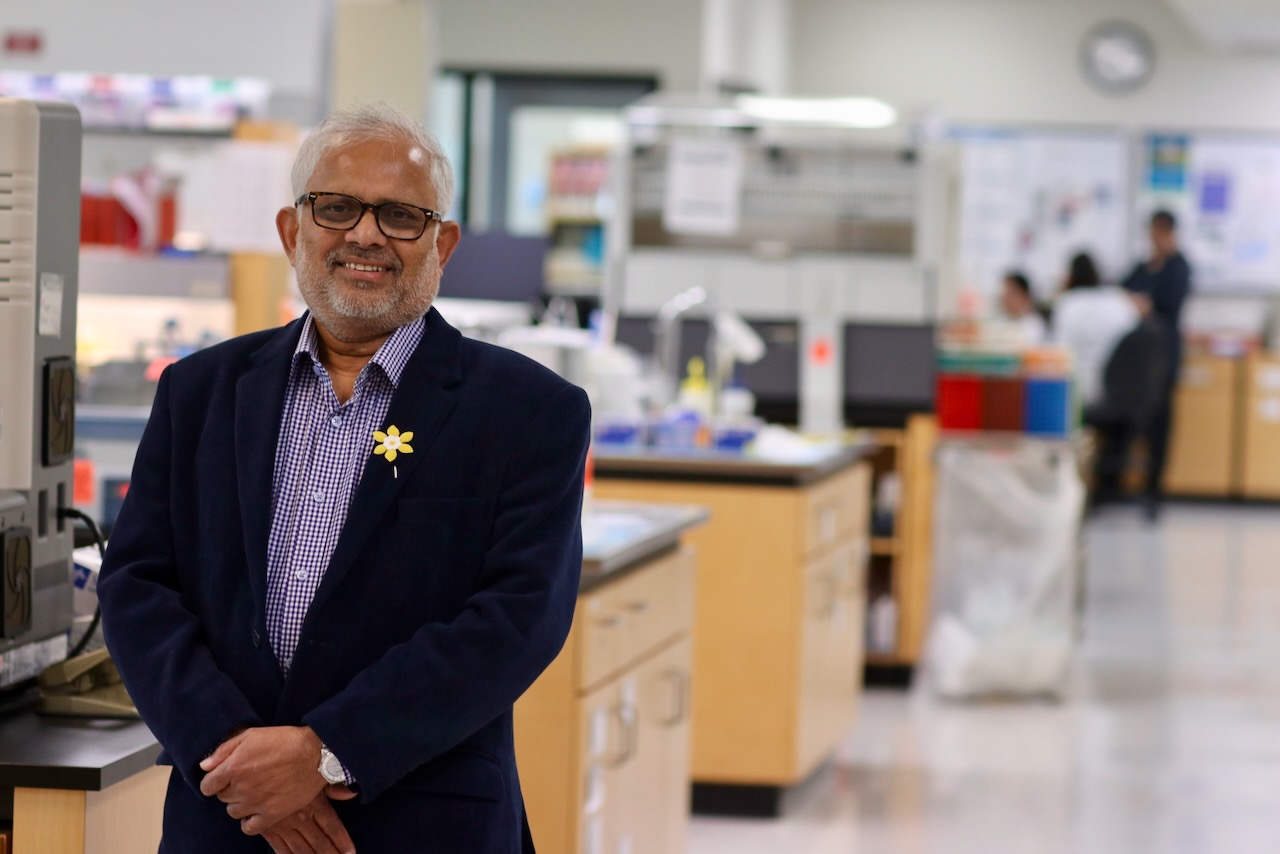
Led by Program Co-Head Dr. Adriana Airo, PhD, FCCM, the High Volume Serology (HVS) Lab at BCCDC PHL is unique in its capacity to perform high volume (> 2 million infectious disease serological tests per year) and specialized reference level testing for BC and Yukon.
Remarkable Achievement: Automation Upgrade
In 2024, the High Volume Serology (HVS) lab underwent an extensive renovation project to modernize infrastructure with new automation. Given the complexity of this type of upgrade, the ideal situation would have been for the new automation infrastructure to be installed and run in parallel with existing equipment. However, due to physical space constraints, the new equipment could not be installed until the existing equipment was removed.
The HVS team faced a significant challenge—how to replace the existing testing infrastructure while maintaining public health testing capabilities. The team deconstructed the entire testing process and spent many hours planning in detail the workflows that would be required for each phase of the project to ensure minimal to no impact on patient care.
This high degree of preparation was best exemplified when the conveyor belt of the old equipment irreparably failed 1 week prior to the planned start of the automation upgrade, forcing the team to pivot and implement alternative workflows earlier than anticipated.
In many cases, this scenario would cause chaos with significant delays in testing. However, the HVS team smoothly implemented their designed manual workflow and within 24 hours, had made the transition with barely a blip in turnaround time. The seamless transition is a testament to the exemplary teamwork and dedication of the HVS team.
